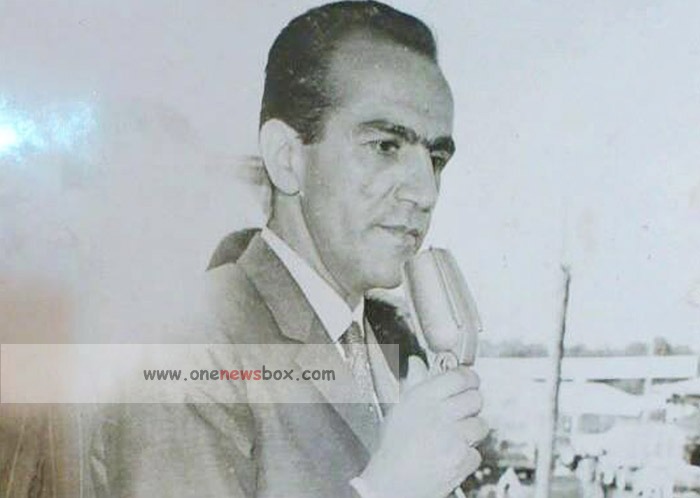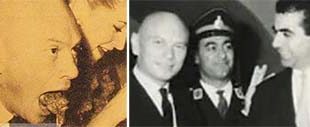His lifelong trajectory spanned Qajar aristocracy, military service, private enterprise, Khomeini’s revolution, and exile. Some key traits and legacies that define his life include:
-
Aristocratic Heritage & Parliamentary Lineage: As descendant of both Salar Asad and Ehtesham al‑Saltanah, he inherited a legacy of Qajar governance and early constitutionalism.
-
Military to Business to Politics: His transition from officer to businessman to seasoned politician reflects adaptability and ambition.
-
Champion of Local Development: His insistence on situating factories in Talash, despite royal pressure, illustrates his commitment to regionalism.
-
Party Reform Advocate: Within the People’s Party, he called for unity, organizational strengthening, and pressure resistance.
-
Pahlavi Official: His roles in the late 1970s placed him at the heart of the regime’s bureaucratic and public‑relations machinery.
-
Survivor in Exile: Condemned to death, stripped of property, yet surviving to recount his perspective in oral history.
Reflections on Career Phases
Military Phase (1939–1942)
In assuming command of an artillery regiment during a volatile geopolitical period, Rambod demonstrated leadership under pressure. Though Iran was not directly embroiled in battle at that time, the army’s role in maintaining internal order and signaling alignment to foreign powers was acute. His resignation in 1942 marked a departure from structured hierarchy into entrepreneurial and political exploration.

